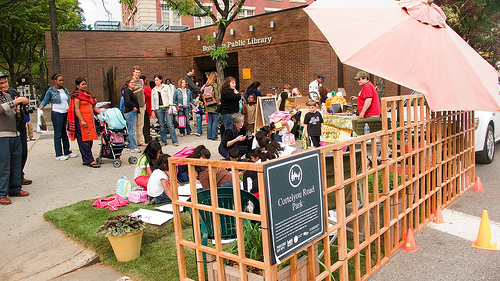This article is about a Texas man who, over two years, turns his yard from the typical St. Augustine grass lawn, to a wildlife oasis using native plants. He chronicles the transformation on his blog, which you can read here. One thing I like about the article is how the neighbors came to appreciate his work, even though initially they worried it “didn’t fit with the neighborhood.”
I can’t stress enough how important it is to plant species native to your area. They are particularly adapted to your climate, which means they don’t need supplemental watering or fertilizing. But even more importantly is how crucial they are to the survival of wildlife. Whenever we build new buildings, we lose more native plants. In their place, we usually plant non-native plants and grassy lawns. The wildlife that used to live there now has nothing to eat, because insects and other critters are often only able to eat one type of plant. Who cares about a bunch of bugs you say? Well the birds do. If the creepy crawlies die out, the birds don’t have anything to eat and they move on. Or they die out too.
People like Michael McDowell in the article above and many others are realizing this and planting native species, which builds islands of native habitats, and can have a great impact on helping wildlife.

